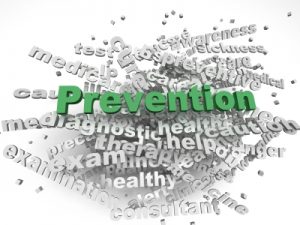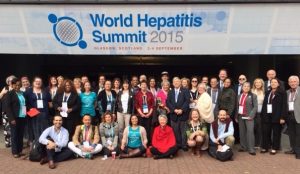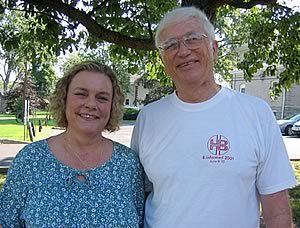 October is Liver Cancer Awareness Month. Join the Hepatitis B Foundation and the National Viral Hepatitis Roundtable for a twitter chat, featuring hepatitis and liver cancer expert Dr. Robert Gish, at 2p.m. EDT Tuesday, October 20.
October is Liver Cancer Awareness Month. Join the Hepatitis B Foundation and the National Viral Hepatitis Roundtable for a twitter chat, featuring hepatitis and liver cancer expert Dr. Robert Gish, at 2p.m. EDT Tuesday, October 20.
Dr. Gish, professor consultant at Stanford University and medical director of the Hepatitis B Foundation and others will be chatting about liver cancer, hepatitis B and C prevention and treatment, health disparities, and resources for awareness and advocacy.
Below are the topics that will be discussed during the chat. Please consider how you might wish to contribute to the conversation! Got any resources you might like to share?
Q1 What is liver cancer and why is it so deadly
Q2 What are the specific risk factors for liver cancer?
Q3 What are some ways to help prevent liver cancer and hepatitis?
Q4 What can be done to help prevent liver cancer for people living with chronic hepatitis B or C?
Q5 What are the health disparities related to liver cancer and viral hepatitis?
Q6 What can we do to raise awareness of viral hepatitis and liver cancer?
Q7 What additional resources are available to learn more about viral hepatitis and liver cancer?
Join the conversation with the hashtag #Liverchat
Confirmed participants and handles for the chat include:
- Hepatitis B Foundation – @hepbfoundation
- National Viral Hepatitis Roundtable – @NVHR1
- Dr. Robert Gish – tweeting from @LiverCancerConn
- CDC’s, Division of Viral Hepatitis – @cdchep
- CDC National Prevention Information Network – @CDCNPIN
- Hep B United – @HepBUnited
- American Liver Foundation – @liverUSA
- Association of Asian Pacific Community Health Organizations – @HepBPolicy
- Latino Commission on AIDS – @LatinoCommAIDS
- Charles B Wang Community Health Center – @CBWCHC
- Caring Ambassadors – @CAP_HepatitisC
- Coalition Against Hepatitis For People of African Origin – @CHIPO_HBV
- National Black Leadership Coalition on AIDS – @NBLCA
- National Association of County & City Health Officials – @NACCHOalerts
- Asian Health Coalition – @AAPInews
- Asian American Community Health – @apcaaz
- International Community Health Services – @supportichs
- Prevent Cancer Foundation – @PreventCancer
- Hep B United Philadelphia – @HepBUnitedPhila
- Hep Free NYC – @HepFreeNYC
We’d love to hear from you at info@hepb.org if you plan to participate or have any questions about joining!










